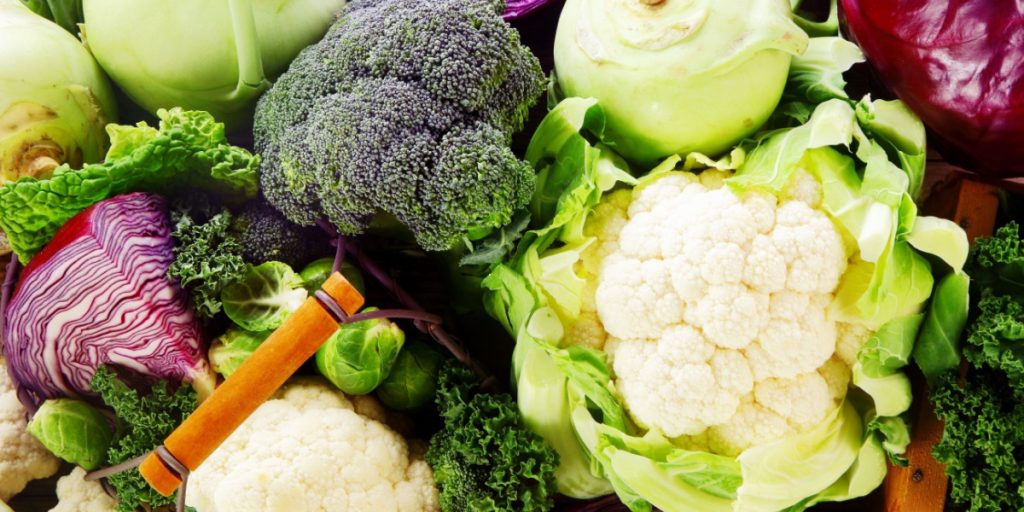Are kale, broccoli and Brussels sprouts really all the same plant? The short answer is yes.
Others are reading now
Kale, broccoli, Brussels sprouts, cabbage, cauliflower, collard greens, and kohlrabi are staples in kitchens around the world, each valued for their distinct nutritional profiles and flavors.
But what might surprise many is that these seemingly diverse vegetables all originate from the same species, Brassica oleracea.
The Origin Story
Thanks to human cultivation, this one species has evolved into the varied vegetables we enjoy today.
“It is all one plant, Brassica oleracea, that humans have selected over multiple generations to have these varying vegetables that we all enjoy eating,” explains Makenzie Mabry, an evolutionary biologist at the Florida Museum of Natural History.
Also read
Chris Pires, an evolutionary biologist who studies crop science at Colorado State University, calls these veggies “the dogs of the plant world.”
Just as all domestic dogs (Canis lupus familiaris) originated from wolves (Canis lupus) and have evolved into a range of breeds, broccoli, cauliflower, kale, and other related vegetables have all been selectively bred from a common ancestor, the B. oleracea species.
While many other crops, like heirloom tomatoes, have been selectively bred for attributes such as color, flavor, and size, the Brassica family stands out for its selective breeding of different plant parts.
“We domesticated all of the plant parts,” Pires explains. “The stem, the inflorescence [flower cluster], the leaf, the underground parts.”
A Tapestry of Tastes and Textures
The domestication of Brassica oleracea’s different parts has not only given us a variety of vegetables but also a broad spectrum of nutritional benefits.
Each variation has adapted to its environment, producing different antioxidants and compounds that contribute to their unique tastes and health benefits.
“They were weeds before they were crops,” according to Alex McAlvay, an ethnobotanist at the New York Botanical Garden. As some societies cultivated the weeds with less-bitter leaves or more tender shoots, for example, those traits evolved into the crops farmers now grow commercially.
For example, “people have bred Brussels sprouts to be creamier, less bitter, more flavorful,” Pires said.
The Evolution Continues
Pires points out that our grasp of the Brassica family’s lineage is always subject to change and could be upended by the discovery of a new ancestor or the sequencing of ancient DNA from a fossil.
The way we understand the evolution of these species is always evolving.
Plants that humans have cultivated can revert to a wild state if neglected, or they can interbreed with wild plants through cross-pollination, becoming feral. In contrast, plants that have never been domesticated are considered truly wild. This makes B. oleracea a key subject in studying hybridization and broader evolutionary trends.
The coolest thing about this plant?
“Everyone grows these in their backyard,” Mabry states, noting that it’s a go-to beginner crop for home gardeners. “I think we have a real close connection to this plant as a society.”


